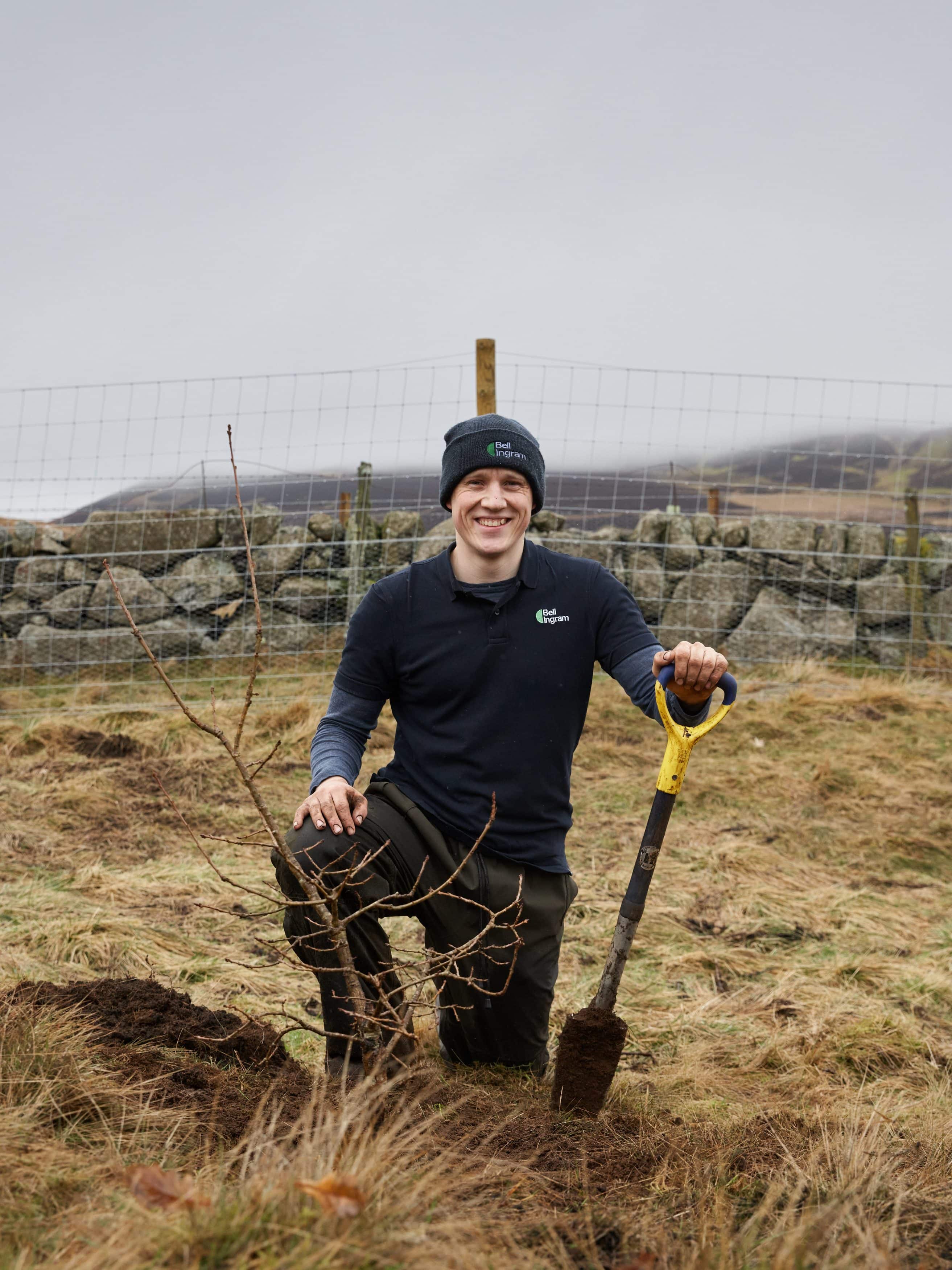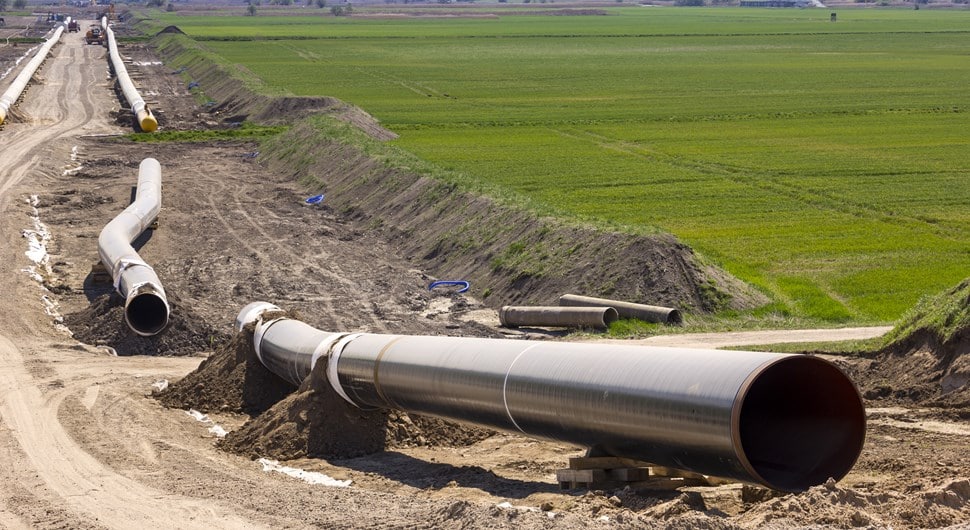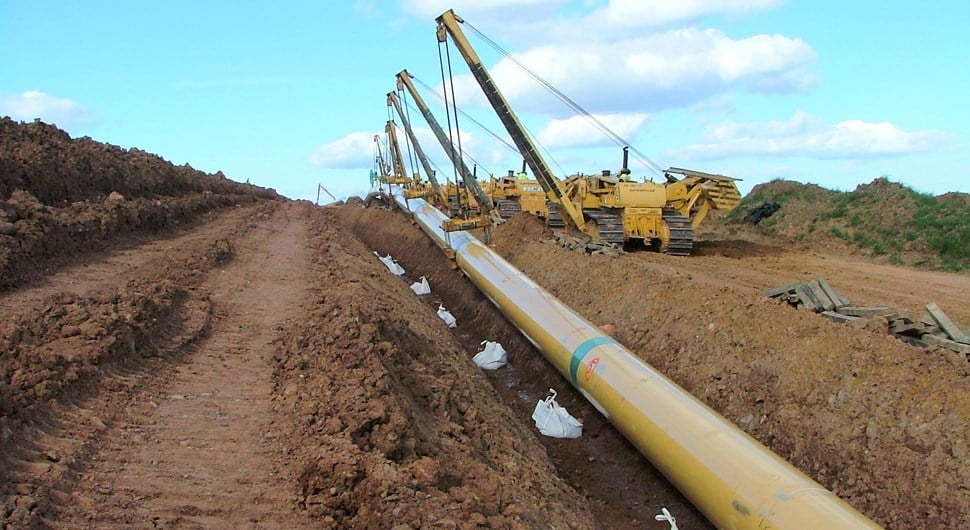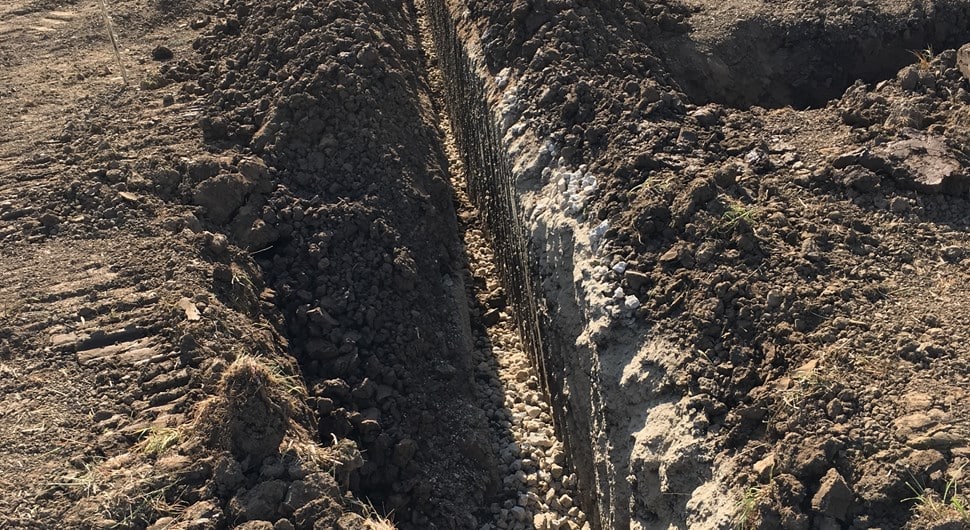Inside the World of Forestry Management: A Journey of Growth and Sustainability
As a Forest Manager working across Scotland with various corporate and private clients, my time is primarily spent on two main activities: creating and maintaining new woodlands and managing the felling and restocking of existing ones. I enjoy a balanced mix of indoor and outdoor work. Ideally, I’d prefer to be inside during poor weather, but that doesn’t always happen! While at my computer, I focus on designing and planning woodland creation proposals, maintenance programs, and felling/restocking plans. Many of our clients seek funding from the Scottish Government to help cover the costs of woodland creation, so a significant part of my role involves ensuring that our applications meet the required criteria and scoring.
When I have the chance to work outdoors, I often scout potential areas for woodland creation on client properties. This includes identifying suitable habitats and soil types for the desired woodland goals, as well as considering any constraints that may need to be addressed during the planning phase.
How I Got Into Forestry
Eight years ago, I made a significant career change from a completely different industry. After reflecting on the kind of legacy I wanted to leave, I decided to pursue my passion for the environment, specifically woodlands. Lacking formal qualifications or training, I began volunteering on weekends with Borders Forest Trust, a charity dedicated to ecological restoration. After a year of volunteering in various roles, I was fortunate to join a local planting contractor called Treesurv, which was about to start a major planting project for Borders Forest Trust. There, I learned to plant native woodland in an ecologically sensitive manner that mimicked the natural structure and ecology of our historical ‘wildwood.’
Later, I worked with a commercial planting contractor, Telford’s Forestry, which opened my eyes to the commercial aspects of forestry and prompted me to consider a career in that sector. Eventually, I joined Forest Direct Ltd, a local forestry consultancy that emphasizes the balance between ecological benefits and production, a philosophy I still hold dear. Since then, I have taken on various roles in operational management and planning, and now I carry out all aspects of forest management for public and private sector clients at Bell Ingram LLP.
Key Projects I’m Currently Working On
A significant portion of my work—about 8%—involves providing woodland creation and forest management services for Scottish Water, which has ambitious Net Zero plans that include creating new woodlands. Most of these new woodlands are native broadleaf schemes aimed at long-term carbon storage. I also have exciting proposals for productive mixes, such as Sitka spruce combined with aspen. Key tasks for these projects include:
-
Scoping suitable ground for woodland creation
-
Assessing habitats and soil
-
Designing the new woodland to align with client objectives and site suitability
-
Preparing and submitting Forestry Grant Scheme (FGS) applications
-
Overseeing operations such as tree planting, fencing, and ground preparation
-
Managing scheme sign-off and grant funding claims
-
Maintaining the scheme, especially in the first five years, to ensure compliance with UK Forestry Standards and FGS requirements
Challenges I Face
One of the most challenging aspects of my job is the rising cost of trees, protection measures, and labor. Each year, these costs drift further from the levels supported by the Forestry Grant Scheme, putting pressure on clients’ budgets and their willingness to invest in woodland creation and management.
A Standout Project
Early in my career at Forest Direct Ltd, I managed the first phase of a planned scheme to deliver and maintain over 300 hectares of diverse productive conifers and native broadleaves over three years. This modern and forward-thinking design became the flagship scheme of the company. As a Forester at the time, I was supported in its delivery by a Forest Works Supervisor. The project came with major constraints, and I truly experienced ‘trial by fire.’ To this day, I walk through the developing woodland with immense pride, grateful for the opportunity to contribute to that scheme. Jeremy Thompson, the MD of the company, once said, “You never forget your first scheme,” and he was absolutely right.
My Professional Development
I began the Professional Development Award in Forestry Operations in 2019 but paused it to adjust from tree planter to FM Forester. Upon returning in 2022, I successfully completed the program. Rather than focusing solely on academic qualifications, I decided to emphasize work ethic, attitude, and hands-on experience in forestry. Following a structured learning program and having access to experienced tutors was rewarding, and I would recommend the course to anyone new to the forestry industry. I also enjoy reading forestry literature in my spare time, so my learning continues.
Skills from My Early Career
My three years as a planter—both in conservation and commercial roles—taught me best practices for efficiency and quality, as well as the capabilities and limitations of planting contractors. Having shared the ‘blood, sweat, and tears’ of planting has strengthened my communication with contractors and improved project planning.
What I Enjoy Most About My Job
I take great satisfaction in creating meaningful and observable changes in our landscapes. I am passionate about these changes because they benefit both the environment and the people who rely on it.
Hobbies Outside of Work
Outside of work, I enjoy bushcraft, fishing, deer stalking, hillwalking, and playing Scottish folk tunes on the Low D Whistle.
Future Career Aspirations
In the coming years, I see myself continuing to learn and grow in forestry. We foresters are all students, as there’s an endless array of related subjects to explore. I’m happiest when delivering innovative woodland creations and managing forests creatively, so I hope to have plenty of opportunities for that in the future.
Advice for Aspiring Forestry Professionals
For anyone considering a career in forestry, my advice is simple: stop considering and start doing. The industry needs more skilled individuals, and it’s a fantastic field to be a part of, filled with great people. If you’re interested in joining the sector, feel free to reach out via email at sam.guthrie@bellingram.co.uk or call 07876854226. I’m more than happy to discuss options and ideas with you.
Our people

Sam Guthrie
Forester
Forestry Management
Tel: 01738 621 121
About: Sam works across Scotland with a focus on delivering woodland management projects on the ground for a range of corporate and private clients. He has seven years’ experience in the sector and began his forestry career as a planter. Sam is currently studying for a PDA in Forestry Operations from the Scottish School of Forestry. Interests: Woodland Creation, Silviculture, Ecological Restoration.











